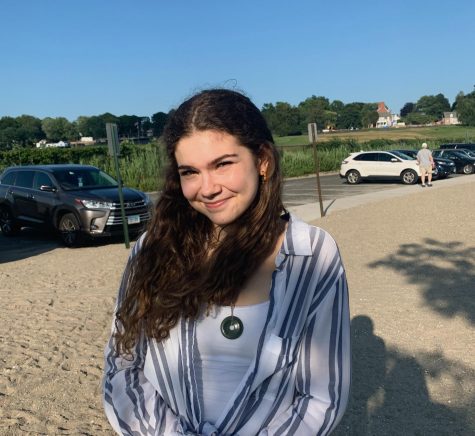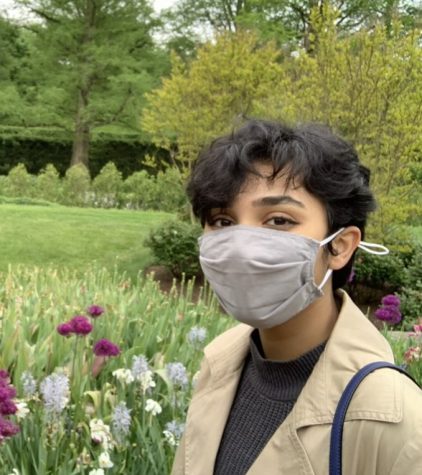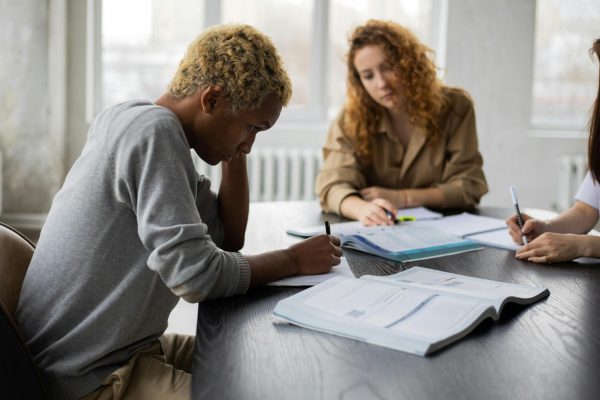Gender Inclusivity in Schools
Asking each other for our pronouns is a simple step we can take to build a more gender inclusive school.
As our generation becomes more accepting of nonbinary and trans folk, it is important to understand our peers, friends and family in order to be better allies. Gender is a social construct that we use to represent our roles and how we view ourselves in society. At birth, you are assigned to a gender by your parents or caregiver based on your sex (genital organs) and this tends to decide the life you live up until you are able to make that decision yourself. Not everyone has a gender that matches the cultural expectation of the gender they were assigned to at birth, so they may instead identify as transgender, agender or gender nonbinary.
Gender exists on a spectrum with three key aspects: identity, sex and expression. Gender identity is a person’s internal sense of whether they’re male, female, nonbinary, genderfluid etc. This cannot be viewed or decided by anyone other than the person themself. In general, the gender identity spectrum goes from male to nonbinary to female, but some may identify as multiple (genderfluid) or none (agender).
In terms of gender, sex refers to the distinct reproductive organs that you are born with, but also exists on a spectrum to include those who are intersex (people born with variations of hormones, gonads etc). Personally, we have heard the justification of “gender is a biological trait that can’t scientifically change.” However, without surgery, sex cannot change, and this decides the gender that is assigned to you at birth. Interestingly, Psychiatrist Murat Altinay, M.D., is doing research about the brain of a transgender person. Her research shows that the biologically male and female brain have structural differences; the brain resembles the gender that person identifies as, not their assigned gender at birth.
Gender expression is the way you outwardly express yourself through clothes, hair, body characteristics, voice, behavior and more. Gender expression does not change your gender identity. Someone can identify as nonbinary but still look like the preconcieved notion of a cisgender girl; it is important to respect expression but to not assume someone is a specific gender because they look like what one may think that gender is “supposed to look like.” Instead, it is kinder to ask someone for their pronouns after their name, so you do not unintentionally misgender someone. This helps make our community stronger, by keeping everyone in mind as we go about our day, and it takes no more than a couple of seconds.
Ms. Sforza, a health teacher recently welcomed to Fairfield Ludlowe High School, gave some input on making our community more inclusive. One way Ms. Sforza creates a gender inclusive classroom is by using videos that are sensitive and aware of everyone’s identity. She believes that “there is always room for improvement” and is looking for materials and posters to help teach about topics related to identity.
Ms. Huntington, an English teacher here at Fairfield Ludlowe High School, also gave some insight. She made a very good point that dominant groups in the US are typically composed of white cisgender heterosexual males, so often times phrases like “you guys” will be used to address classes. By using the term “folks,” “homies,” and “loves,” she is able to create an environment that is inclusive and removes the binary division of “guys and gals.”
Going into her pronoun choices, Ms. Huntington explained that they expand their pronouns to she/they, and that she includes ‘they’ as she is comfortable with someone using it to identify them. By doing so, it helps open up the conversation and bridge a sense of comfort to students.
Being an English teacher, Ms. Huntington recognized how the pronouns they/them were not widely accepted for a long time, generally due to grammatical norms. Through being involved in grammar teaching for a good portion of their life, they have seen how attitudes have changed from stigma to acceptance.
Throughout our conversation, a few points rose to the surface. She emphasized the importance of constant learning, having the hard conversations, understanding that “we all have biases,” unpacking biases, questioning “Am I being mindful?” recognizing the privilege of not having to justify and defend your identity, and to do the work to educate yourself so you can empathize with others and be more inclusive. One point that stood out from Ms. Huntington’s thoughts were that though we spend so much time reaching landmarks in our daily lives, for example, getting a certain grade, finishing a project, or getting to the end of the day, there is no final in gender inclusivity, there is no stop, and there is no end landmark.
One resource Ms. Huntington uses is @teaching_tolerance on Instagram. It provides teachers with meaningful resources to learn about topics like gender, sexuality, race, and so much more, so that they can make their classroom a better space for everyone.
Dr. Dardani, an English teacher at FLHS, brought very strong points to the matter of inclusive lesson plans: “I don’t usually design lessons that are meant to be inclusive of any one group of people. It’s ridiculous to say, ‘Today I’m going to include black people. Tomorrow will be my nod to the trans population.’ Absolutely absurd. People don’t belong to one identity group anymore. A person is black AND Asian AND straight AND male AND feminist AND genderfluid. To design a lesson that is inclusive of only one or two of those identities is to communicate to my students that I only value those parts of their identity. There will be enough representation of different genders in school when it becomes cool to be yourself in school.”
Dr. Dardani provided the example of our school library in terms of inclusivity. She commented that the librarians have provided us with more diverse voices and constantly discuss where books should be displayed so that a story is not oversimplified. She says, “When all of our educators ask themselves questions like these, the result will be a truly inclusive learning environment that isn’t forced or cloying in any way.”
One of her most important statements was the explanation of how we must grow an inclusive culture, as she said, “We need a critical mass of students who commit to making school a place where each individual can explore who they are and who they want to be. It’s my job to tell kids how cool they are when they are brave enough to be themselves, and it’s my job to applaud kids who are supportive of people who are brave enough to be themselves.”
Here at FLHS, teachers and students alike must learn to be accepting of others for who they are. Through showing basic respect and being considerate of pronouns and identities we hope to make the world just a bit kinder.
Written by Arushi Mallarapu (she/they) and Mia Burke (she/her)

Mia is the Social Media and Polls Editor for Prospect. This is Mia's second year on the Prospect staff.







